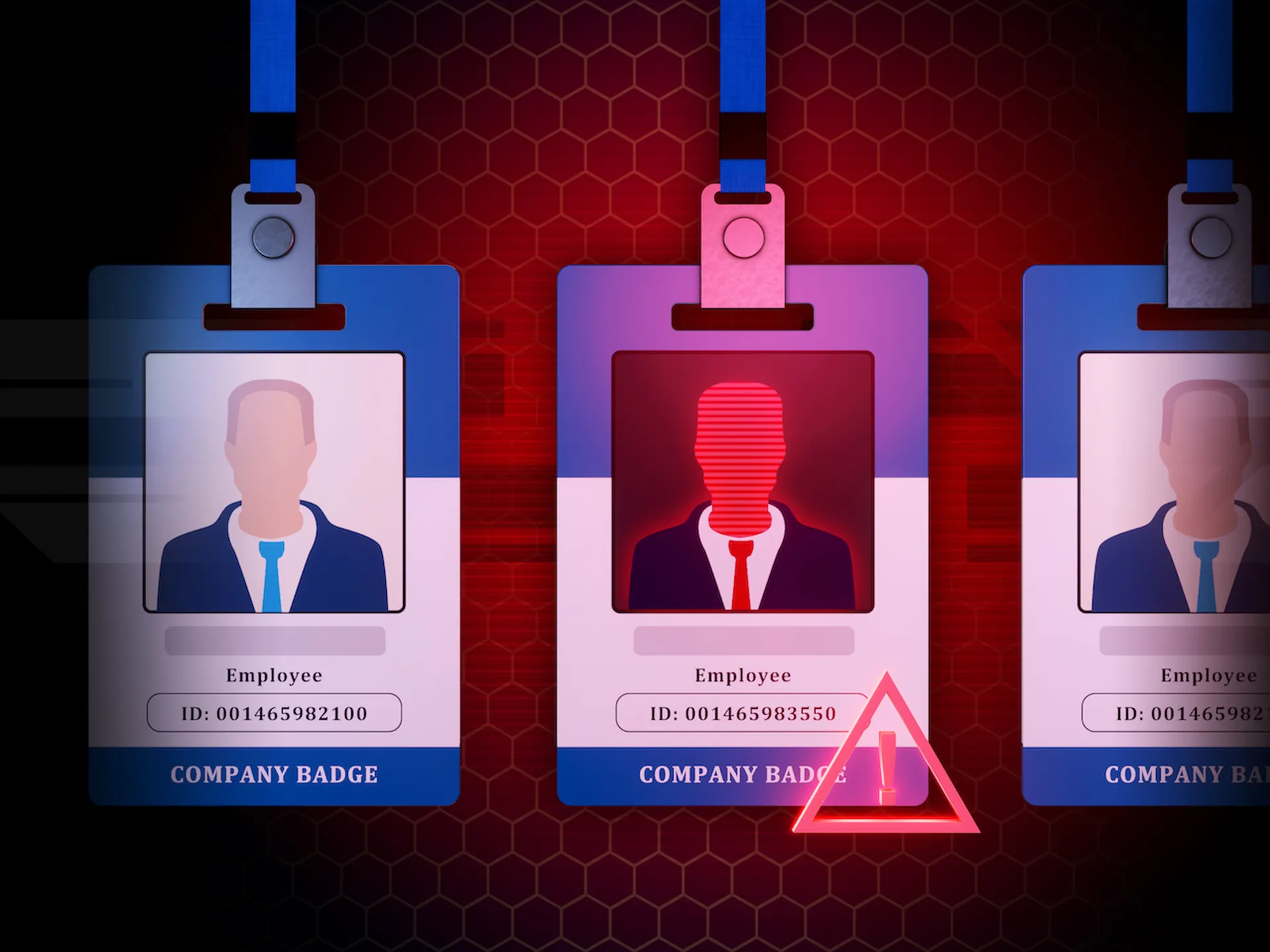Nearly three-quarters of businesses have end-of-support devices operating in their networks – and the consequences could prove dire, a new study found.
The report from Softchoice, an IT solutions and managed services provider, looked at more than 212,000 Cisco networking devices at 350 organizations across North America and found the statistic grew 13 percent over last year, an indication that businesses are at a higher risk of security breaches, network outages and higher future replacement costs.
While the study found that the overall number of at-risk network devices is on the decline, the number of businesses who have them in their networks is actually on the rise.
David Vigna, Cisco Practice Director at Softchoice, said that although fewer at-risk devices gives an impression that an organization is less vulnerable, "it only takes one to bring down an entire network.”
The study was based on data collected through Softchoice's Cisco Contract TechCheck, an assessment service that examines the network infrastructure of enterprises.
The analysis found 96 percent of businesses have end-of-sale devices operating on their networks, despite the fact that such devices are no longer sold by the manufacturer, but are still supported. Twenty-three percent of all devices Softchoice assessed are end-of-sale, which is down 28 percent from 2015.
As well, 20 percent of all scanned network devices lack a technical support service that would provide expert input on a daily basis should there be an unexpected outage or disruption.
The simple truth is the older equipment gets, the more likely it is to fail and create a network outage, Vigna told SCMagazine.com on Wednesday. "Since the vendor no longer sells or supports the device once it has gone end-of-life, outages created by these outdated devices tend to take longer to resolve. That means lost productivity and likely lost revenues for the business, but it also means greater replacement expenses for a couple of reasons."
The first, he said, was because the business will almost always spend more to rush the procurement, installation and configuration to get out of crisis mode ASAP. The second, the business often takes on additional unplanned expenses to avoid another such outage.
"Compare that to IT replacing these devices according to their own schedule, not in the midst of a crisis," Vigna said.
In terms of security, if the vendor has stopped providing support for a device, the company is truly exposed until they upgrade to a supported platform, he added. "The only alternative would be to redesign what equipment they have to limit the vulnerability, or disable the feature, although you most likely need that feature to maintain business continuity – creating a catch-22."
Softchoice offered three recommendations to proactively evaluate and streamline network infrastructure:
- Analyze your current infrastructure – Alleviate risk, avoid network downtime and control replacement expenses by using services that can provide an inside look at network infrastructure.
- Assess your disaster recovery plan – Organizations should review their disaster recovery plan and identify which devices need support. Doing this allows organizations to pinpoint the devices most likely to cause problems down the line.
- Prepare for replacement devices – End-of-sale devices have around two to five years before the manufacturer eliminates support. Because of this, organizations must plan ahead and account for the cost of replacement devices before they become end-of-support. End-of-support devices that remain on a network too long increase the risk of potential breaches, outages and higher replacement expenses. Once identified, these devices should be replaced as soon as possible.



